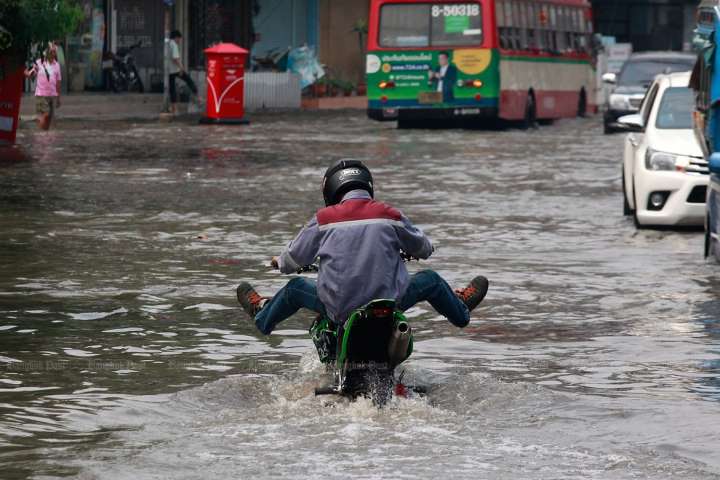The objective of this paper is to identify the source and transport of nitrate in the groundwater aquifers of alluvial fans by stable isotopic techniques. Water samples collected from the precipitation, groundwater, and river water at the western Kofu basin were analyzed for the major cations, anions, and isotopes (δ18O and δ15N). Through the cluster analysis of the cations and anions, two groundwater aquifers formed on the Midai and Kamanashi alluvial fans were identified in the basin. Higher nitrate concentrations were observed in the groundwater aquifers of the Midai alluvial fan, and the values of δ15N suggest that the major sources of nitrate are the inorganic and organic fertilizers applied in the orchards and paddy fields. The values of δ18O show that precipitation and river water are sources of recharge in both the aquifers. A strong positive correlation between the nitrate concentration and the δ18O values of both the groundwater aquifers shows that precipitation water acts as a carrier and river water facilitates dilution in the nitrate loading from terrestrial catchments.
